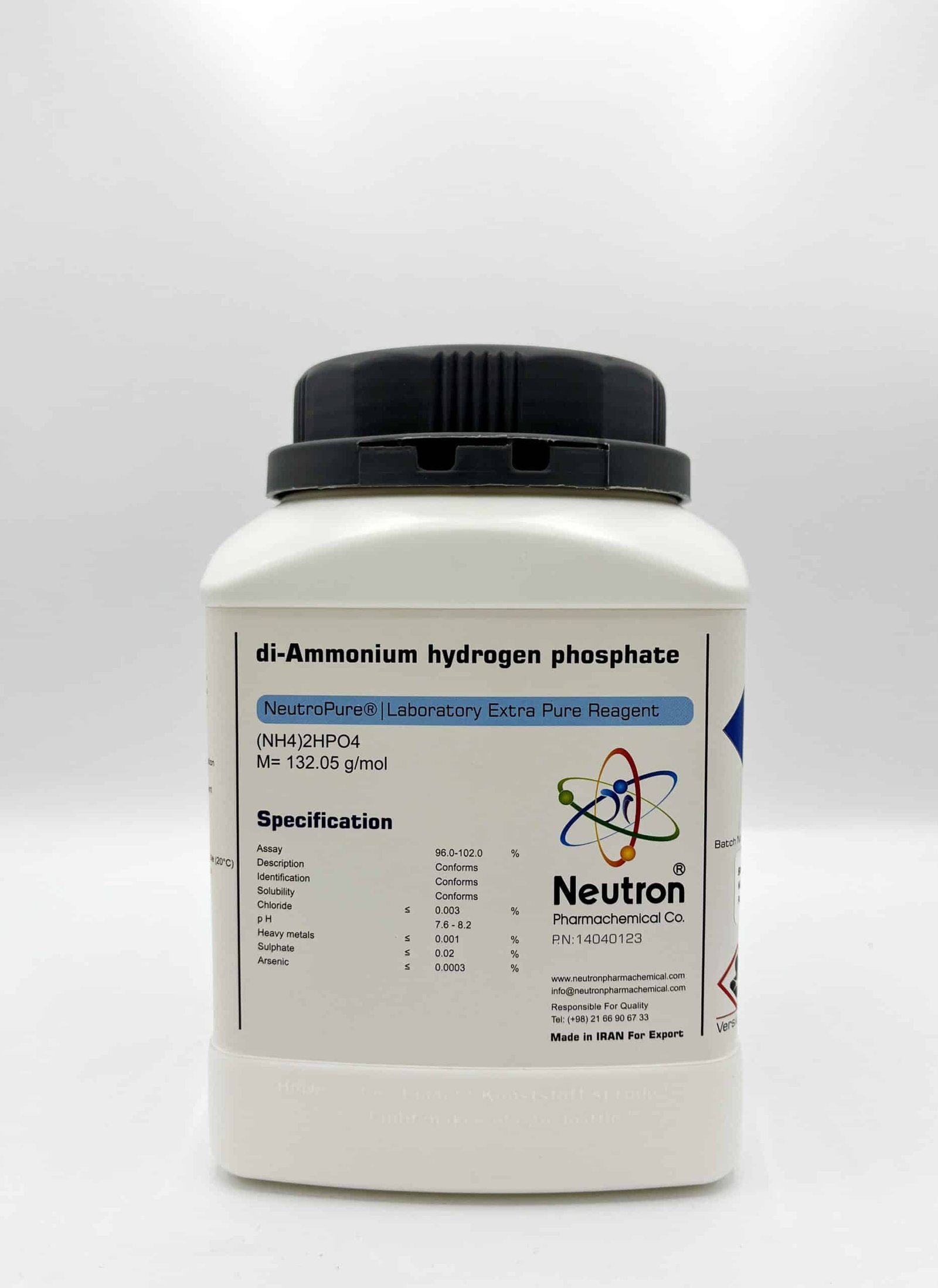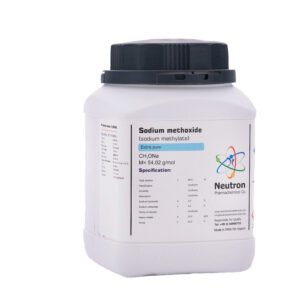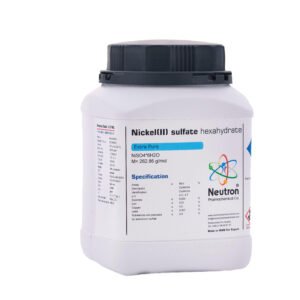Diammonium Phosphate (DAP) is a water-soluble ammonium phosphate salt formed by the reaction of ammonia with phosphoric acid. It is widely used in agriculture, firefighting, winemaking, and various industrial applications.
🧪 Uses
• Fertilizer:
DAP is primarily used as a fertilizer due to its high nutrient content, typically formulated as 18-46-0 (18% Nitrogen, 46% P₂O₅, 0% Potassium). When applied, it initially raises soil pH but may result in long-term acidification due to nitrification of ammonium. It is not compatible with alkaline substances, as high pH can lead to the release of ammonia.
• Fire Retardant:
DAP is effective in wildfire control. It lowers the combustion temperature of materials, reduces weight loss rates during burning, and promotes the formation of char, helping to create firebreaks and limit the spread of fires.
• Winemaking and Mead-making:
Used as a yeast nutrient, DAP supports healthy fermentation by supplying essential nitrogen.
• Other Applications:
o Additive in some cigarettes (as a nicotine enhancer)
o Used in match manufacturing to prevent afterglow
o Employed in sugar purification
o Acts as a flux in soldering metals like tin, copper, zinc, and brass
o Helps control dye precipitation on wool in textile processing
Natural Occurrence
DAP occurs naturally in extremely rare forms such as the mineral phosphammite, typically found in guano-rich environments. A related mineral, biphosphammite, contains the dihydrogen form of ammonium phosphate.





